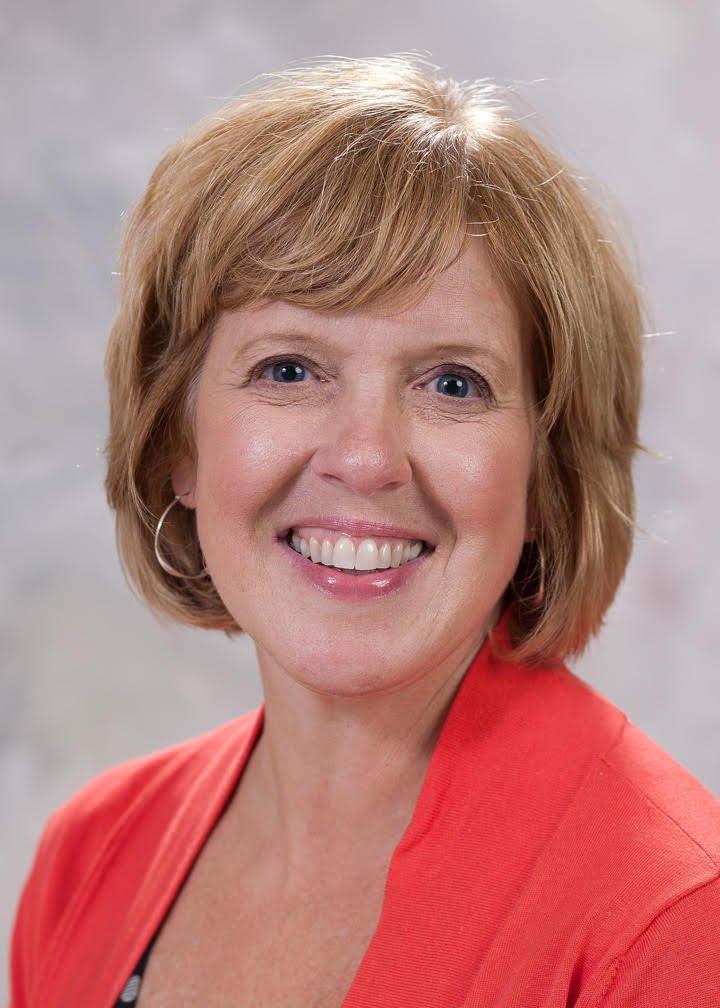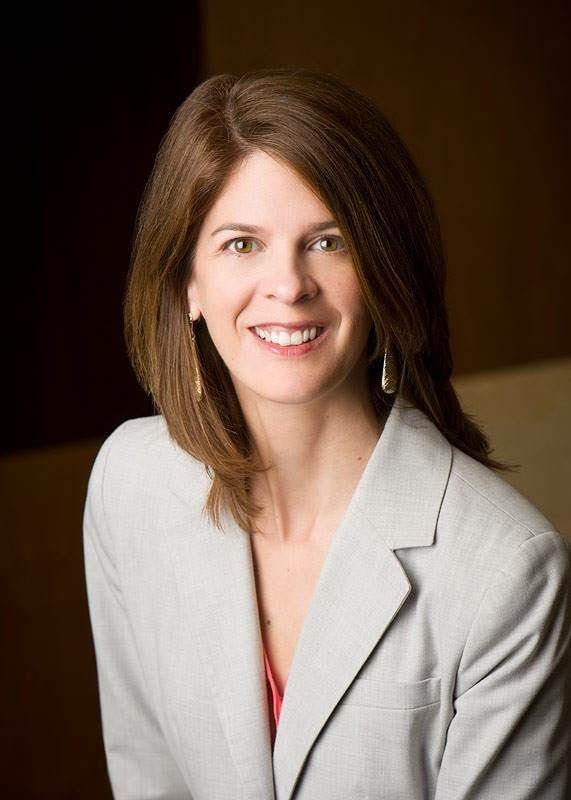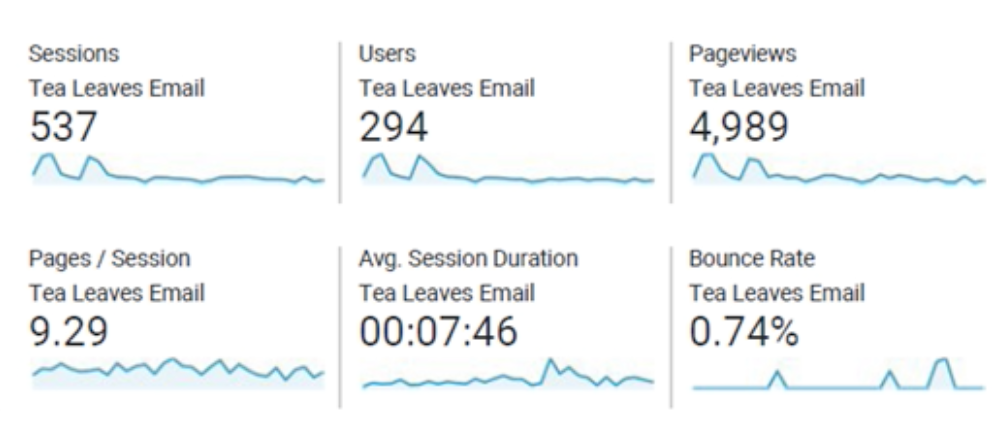OSF HealthCare Taps CRM to Drive Portal Usage and Qualify for Meaningful Use Incentives
// By Lisa D. Ellis //

Judy Winkler, strategic marketing director at OSF HealthCare
Health systems today are looking for ways to engage patients, and one important way is through electronic health records (EHRs) and patient portals. To spur organizations to expand their use of EHRs and improve patient engagement, the Centers for Medicare and Medicaid Services (CMS) launched the EHR Incentive Program in 2011.
This program has been rolled out in a multistage process. It is designed to encourage organizations to establish electronic medical records systems, use them to deepen their engagement with patients, and track improvements in quality of care, efficiency, and health outcomes. To receive incentives, qualifying organizations must attest to meaningful use as defined by each stage. CMS reported that “more than $24.8 billion in Medicare EHR Incentive Program payments have been made between May 2011 and January 2018.”

Jennifer Baker-Grogg, lead client strategist for Tea Leaves Health
Judy Winkler, strategic marketing director at OSF HealthCare based in Peoria, Illinois, shared her organization’s experiences at Greystone.net’s Healthcare Internet Conference (HCIC) in October 2017. She was joined by Jennifer Baker-Grogg, lead client strategist for Tea Leaves Health, a Welltok company, OSF’s CRM provider. Winkler and Baker-Grogg discussed the strategy and tactics OSF used to drive increased portal engagement, and also provided a blueprint for other groups looking to tackle similar challenges. The results to date reveal that this strategy is making a difference — particularly in one specific age group. Hint: It’s not millennials.
Patient engagement is the key to solving healthcare’s most challenging problems, and technology tools such as patient portals close the gaps between in-person encounters, helping patients stay connected with providers and more effectively manage their health. The EHR Incentive Program is designed to support health systems with their patient engagement efforts. Is your organization taking advantage of this program, which generates additional revenue, and solidifies your relationship with patients?
Comprehensive 3-Step Plan
OSF HealthCare wanted to attract more consumers to its patient portal and the features the portal offers, such as viewing test results, making appointments, and messaging providers. Its approach was to create an automated messaging campaign through its CRM to target key demographic groups with communication tailored to four different life stages. The goal was to expand use of its portal to more patients, and find ways to get already enrolled patients to use the portal more consistently. By doing so, OSF hopes to increase efficiency for both individuals and physicians, as well as increase the organization’s bottom line.
Here are some basic steps to guide other organizations on this journey:
Step 1. Identify Target Groups
The first step is to break consumers into segments depending on their interaction pattern, Baker-Grogg explains. She recommends comparing the list of people who have engaged with the system recently with a list of those who have registered with the portal. The target group, Group A, is patients who have been active in the past year or two but have not yet registered for the portal. Group B is patients who have registered but have not actively used the portal. “[CRM] is a great tool to be able to re-touch those who have not responded so they can take that step to register, or execute a transaction,” says Baker-Grogg. “It is important to have a follow-up strategy, and determine how success will be measured overall.”
Step 2. Personalized Messaging
The CRM helps you understand your audience so you can speak directly to them through personalized communications that are relevant based on their age, gender, and ethnicity to move them to action.
Step 3. Track Results and Follow Up
The CRM enables you to follow up with people who haven’t signed up, or who have registered but have not used the portal. “We know as marketers that we may need multiple touches to get people to convert, and also to keep active users engaged,” Baker-Grogg says. “Most important, it’s about measuring success. You want to make sure that you’re increasing the number of people who are registered for and actively using the portal.”
Putting It Together
For OSF HealthCare, the initial goal was to focus on increasing overall portal sign-ups. Winkler and her team worked with Tea Leaves, incorporating email into the CRM in June 2017 to accomplish this objective. OSF MyChart had about 250,000 active users. “But when we looked at our portal and our CRM, we still had about 100,000 to 125,000 people who were active patients who had not activated their MyChart account,” Winkler says.
The team used CRM data to make its efforts more targeted. The first step was segmenting the larger group into four age categories: 18-34, 35-54, 55-64, 65+. They created custom email communications tailored to recipients’ specific interests and life stages. In addition, they deployed a mix of social media, digital, radio, billboards, and print ads. OSF’s own employee base was another target group. “We also did internal messaging for our Mission Partners, which is what we call our 19,000 employees, to remind them that we have this portal,” she adds.
The results have been encouraging. “There were 537 sessions of people who clicked from the email, representing 294 unique users. They viewed 4,989 pages, an average of 9.29 pages, and spent 7 minutes and 46 seconds on the site,” says Winkler.

Email results for “Group A,” defined as people who engaged with OSF Health recently but had not yet registered for the portal.
Breakdown by Age Category
Delving deeper into the results, it was clear the efforts had the strongest impact on the oldest group.
- For the 18- to 34-year-olds, the rate of people who signed up for MyChart was .5 percent.
- For the 35- to 54-year-olds (the largest age group), the sign-up rate was 1 percent.
- The 55- to 64-year-old group had a 1.3 percent sign-up rate.
- The best group was the 65+, which had a 2.2 percent rate.
Lessons Learned
One of the biggest lessons learned was that email is really cost-effective. “We were able to do the design work for these files — we have our own graphic design department. We sent out 120,000 emails and it cost a little bit less than $1,000. Why not send, when you can touch that many people for that kind of money,” Winkler says.
Additionally, the drive to increase portal registrations and usage demonstrated to the IT department that marketing involvement moves the needle. The IT lead for OSF’s portal emailed her and said, “Judy, I am reviewing some MyChart numbers from the previous quarter and in almost 100 percent of the categories, we saw a significant bump in utilization. It’s hard to directly tie back to your marketing efforts, but I’ve got no reason to think it would be a result of anything else.”
Down the road, OSF Health plans to use this platform for other types of messaging. “We’re really trying to increase colon cancer screening, mammography screening, and pneumonia shots, and we will definitely be using email for that [65+] age group because with our ACO and those numbers, those are things we really want to track,” Winkler says. “We’re just getting our feet wet, but it’s been a great learning opportunity.”
Lisa D. Ellis is a contributing writer for eHealthcare Strategy & Trends. She is a journalist and content development specialist who helps hospitals and other health care providers and organizations shape strategic messages and communicate them to their target audiences. Email her at lisa.ellis@ehealthcarestrategy.com.
Related Articles
Patient Check-In Tool Drives Benefits for Marketers
Weathering Natural Disasters: Lessons Learned at MD Anderson Cancer Center
Short-Term Wins, Long-Term Strategy: CRM at Boston Children’s Hospital
How Texting Tools Save Time, Help Clinical Collaboration, and Improve Patient Communication

